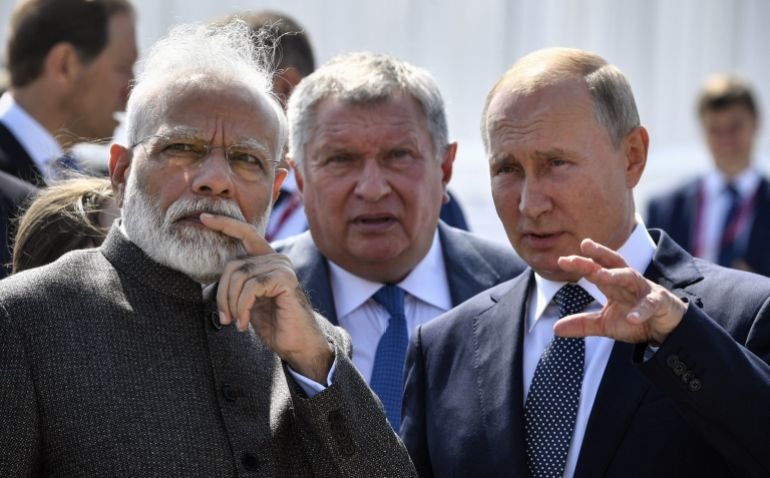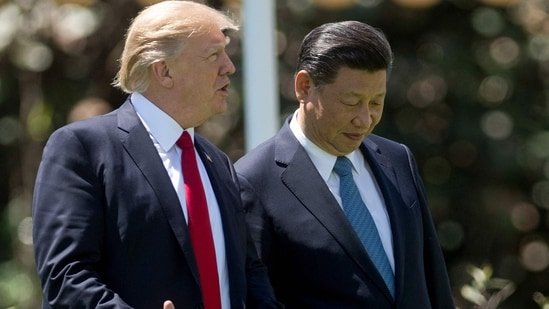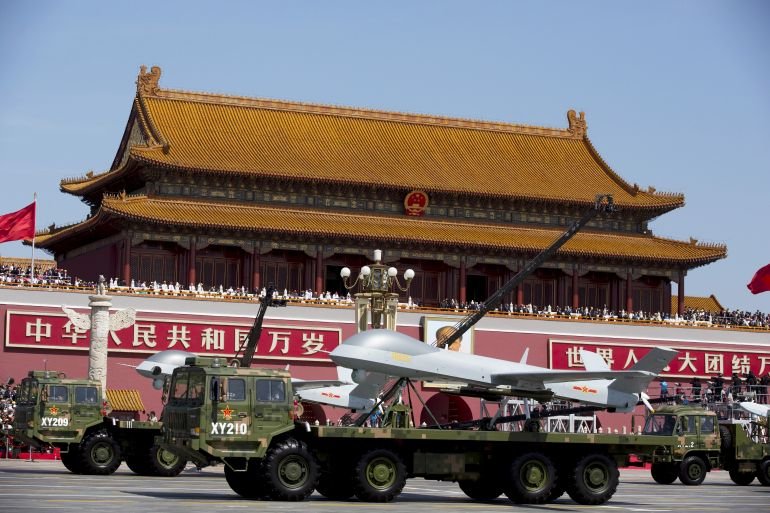Tesla has reversed one of its controversial design changes by bringing back the traditional turn signal stalk to the Model 3 in China. The turn stalk was removed from Model 3 two years ago, being replaced with buttons on the steering wheel.
According to Tesla China’s website, all Model 3 variants – including the rear-wheel drive, long-range RWD, long-range AWD, and Performance AWD – will once again be delivered with turn signal stalks as standard equipment.
At the same time, the company is also offering a retrofit option for existing owners through its mobile app. The package is priced at 2,499 yuan (350 USD) and will be available from mid-September. The upgrade initially applies to Model 3 units produced after February 7, 2025, with availability for earlier builds to follow later.

Tesla first removed the stalk in the facelifted Model 3 unveiled in September 2023, shifting the turn signals to steering wheel buttons. The same update also eliminated the gear selector and windshield wiper stalk, moving those controls to the centre screen. The move triggered widespread debate, as many drivers found the changes inconvenient and counterintuitive.
In contrast, when Tesla introduced the refreshed Model Y in China earlier this year (January 10), the SUV retained the turn signal stalk but kept the touchscreen-based gear selection system.
Tesla manufactures both the Model 3 and Model Y at its Shanghai Gigafactory, which supplies vehicles to domestic buyers as well as export markets.
On August 12, Tesla launched its longest range model in China. The Model 3 Long-range RWD can travel 830 km under CLTC conditions (about 584 km or 536 miles under EPA conditions).
Retail sales of the Model 3 in China reached 9,851 units in July, down 0.8% year-on-year and down 40.8% from June. In the first seven months of the year, sales came in at 101,770 units, up 26.5% year-on-year.
The Model Y saw 30,766 retail sales in July, down 15.2% year-on-year and down 31.4% month-on-month. From January to July, cumulative sales stood at 202,257 units, down 17.2% year-on-year.

In July, Tesla sold 40,617 cars in China, down 33.9% from June and 12% year-over-year. In the first seven months of 2025, Tesla sold 304,027 vehicles in China, down 6.3% from the same period last year.
Today, Tesla launched the Model Y L in China, the bigger version of Model Y with six seats. The new three-row SUV starts at 47,120 USD.
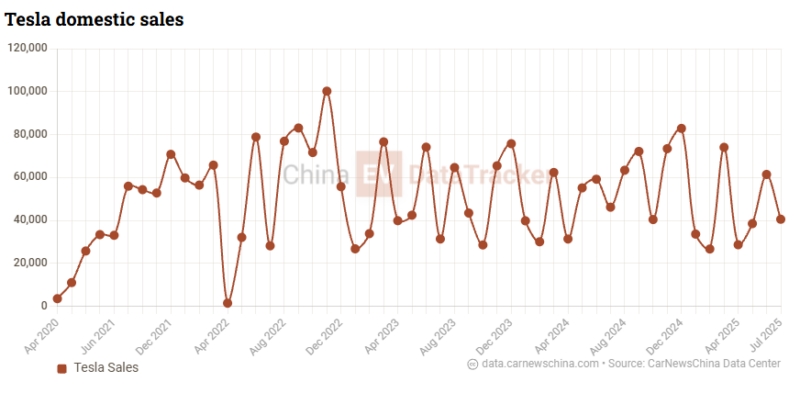
We’ll send you a weekly summary in your e-mail. No spam. Unsubscribe with one click.
Thank you! Your submission has been received!
Oops! Something went wrong while submitting the form.

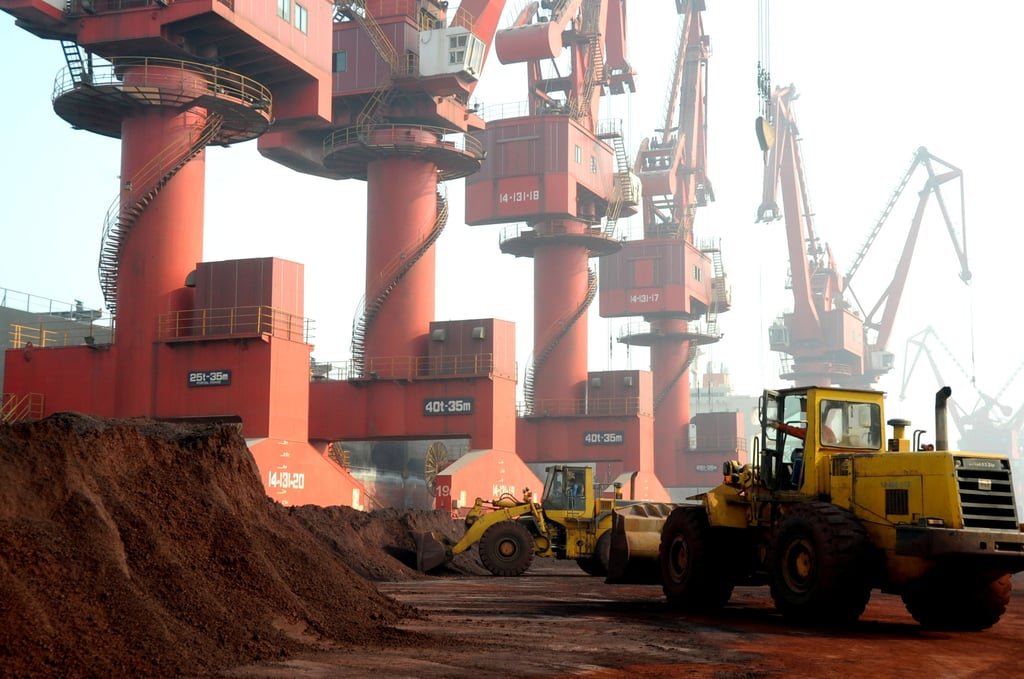
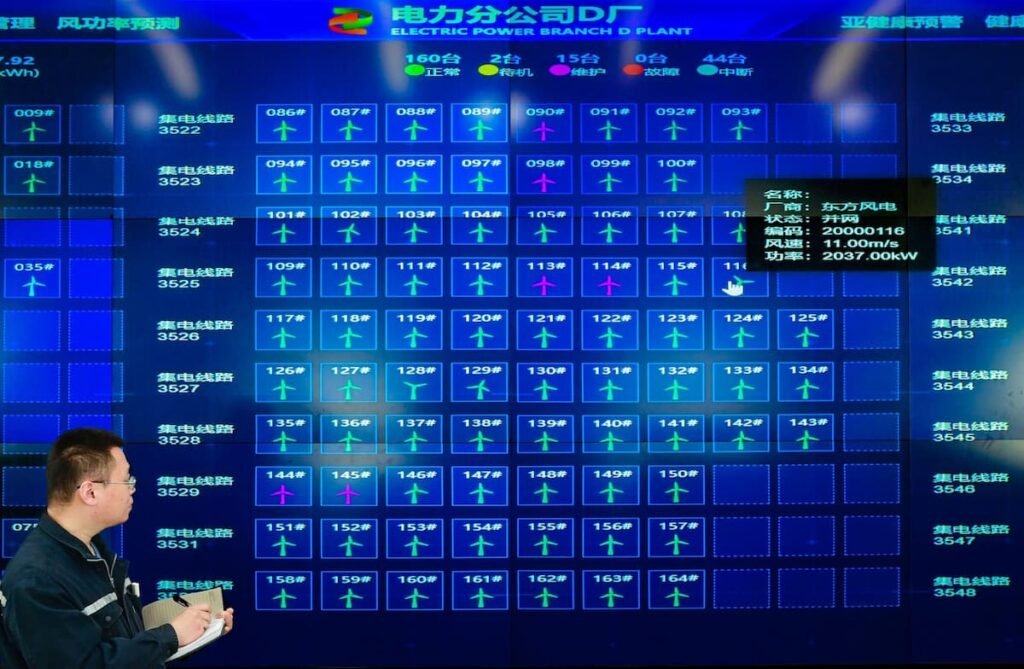
![[News] NVIDIA May Raise H20 Prices to Shield Profits but Confronts China’s Domestic Chip Push](https://koala-by.com/wp-content/uploads/2025/08/NVIDIA-Jensen-Huang-2-624x430.jpg)
